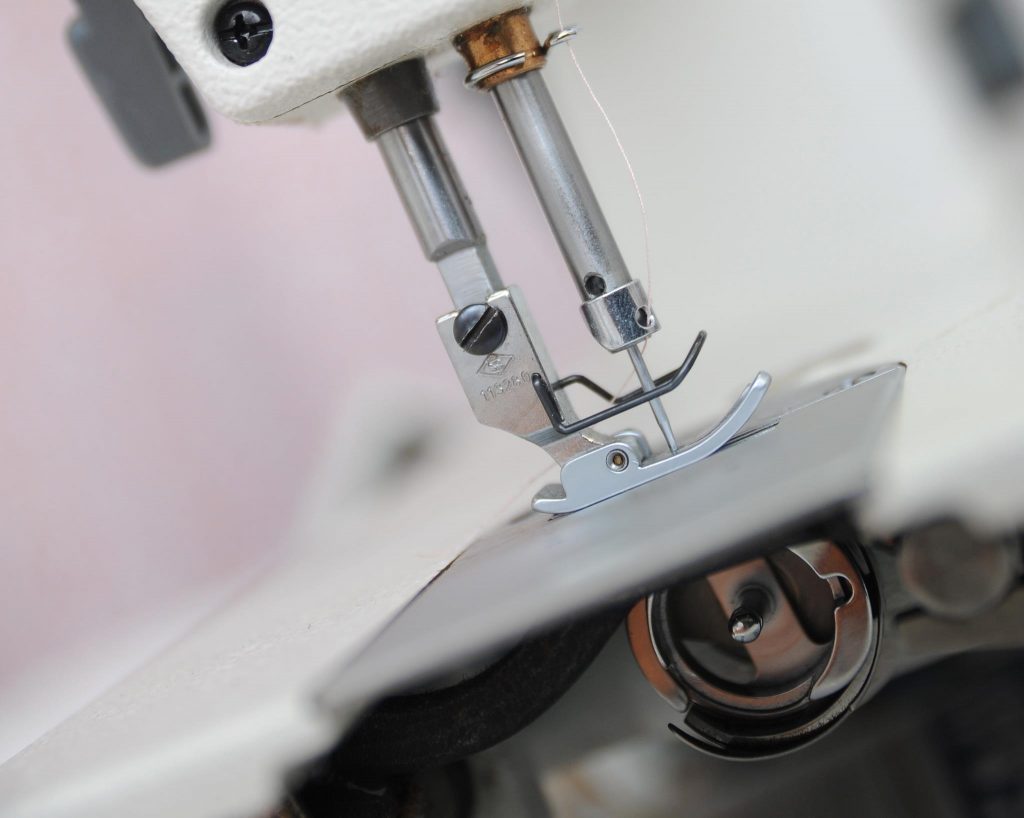To many people, the price of alterations or bespoke sewing can feel surprisingly high – especially if you’re comparing it to fast fashion. After all, how can shortening a pair of trousers or creating a custom dress carry such a cost when you can buy brand-new clothing cheaply? The truth is that professional sewing and tailoring involves far more than just “a bit of fabric and thread.” Behind the scenes, a huge investment of skill, equipment, and time goes into every piece.

1. The Tools of the Trade
Professional sewing isn’t done on a basic domestic machine. Alterations specialists and bespoke tailors rely on:
Maintenance – machines require regular servicing, replacement parts, and occasional upgrades to ensure precision.
Industrial sewing machines – each designed for specific tasks (hemming, overlocking, buttonholes, leatherwork, etc.), often costing thousands.
Specialized equipment – steam irons, pressing stations, cutting shears, mannequins, bespoke measuring tools, and large custom-built tables.
These investments allow garments to be sewn cleanly, securely, and to last—but they add to the overhead.
2. Education, Knowledge, and Expertise
A good tailor or seamstress has spent years, often decades, developing their skill.
- Education – Many professionals train at fashion schools, technical colleges, or complete apprenticeships that take years of study and practice. They learn pattern making, garment construction, textile science, and advanced techniques before ever working independently.
- Experience – On top of formal education, years (often decades) of hands-on practice refine those skills. They understand garment construction down to the smallest seam.
- They know how different fabrics behave—how silk shifts, how wool drapes, how denim stretches.
- Problem-Solving Skills – when alterations aren’t straightforward, like reshaping shoulders, rebalancing hems, or adjusting lining.
You aren’t just paying for the actual sewing – you’re paying for the expertise to make your garment fit beautifully without ruining it.
3. Space and Overheads
A professional sewing workspace isn’t just a corner of a living room. It often includes:
- Rented studio or shop space.
- Large cutting tables (often custom-built).
- Proper lighting for precision work.
- Storage for fabrics, notions, and customer garments.
Just like any business, rent, utilities, and insurance add up.
4. The Value of Time
Even a “simple” alteration takes longer than most imagine:
- Consultation & measuring – understanding the garment and your needs.
- Preparation – pinning, marking, unpicking existing seams.
- Execution – carefully sewing, pressing, re-checking.
- Fitting adjustments – sometimes multiple fittings are required to achieve perfection.
What looks like a 15-minute job may actually take an hour or more when done properly. And bespoke work, being entirely custom-made, involves dozens of hours from sketch to final stitch.
5. The Bigger Picture
When you buy fast fashion, the “low” price is possible because of mass production, cheap labour, and corners cut on quality. Alterations and bespoke sewing are the opposite: they’re about skill, time, and creating a garment that is uniquely yours or fits you perfectly.
In reality, the cost of alterations is not “expensive”—it’s simply the fair value of craftsmanship. When you pay a professional tailor, you’re investing in quality, longevity, and the artistry of clothing that truly fits.
Get in touch to get a quote for the work
Where we are: The Clay Factory, Redlake Trading Estate, Ivybridge PL21 0EZ
